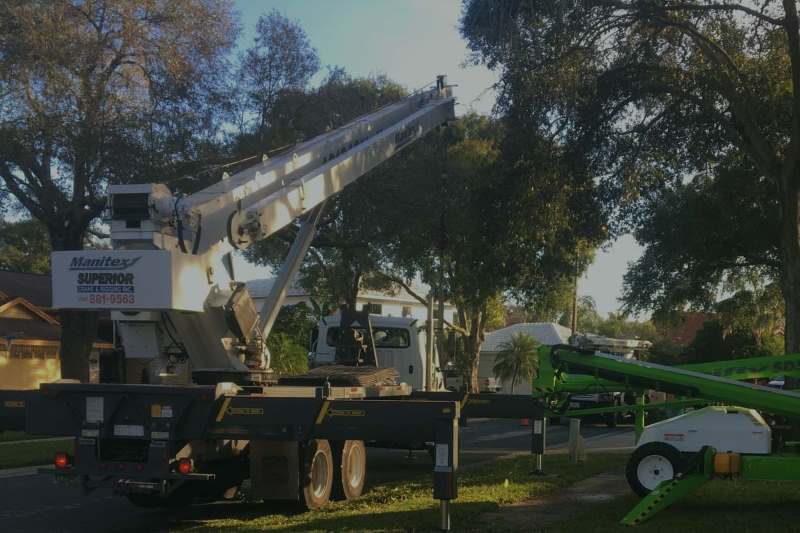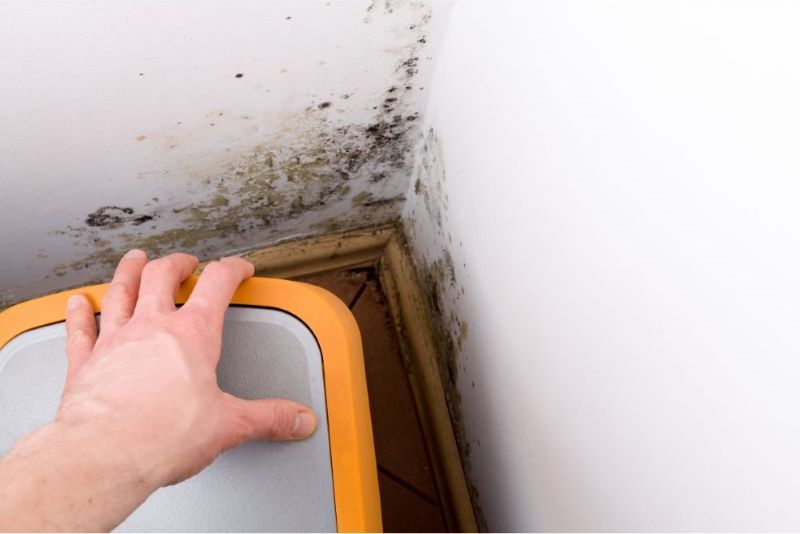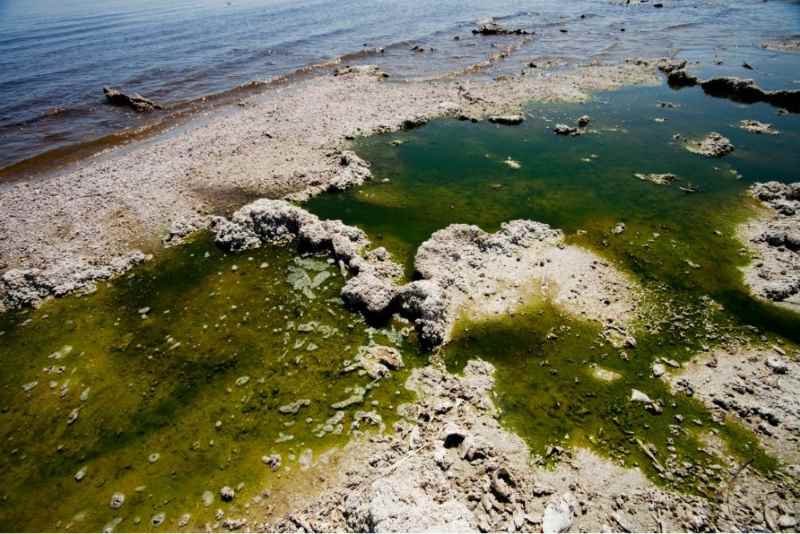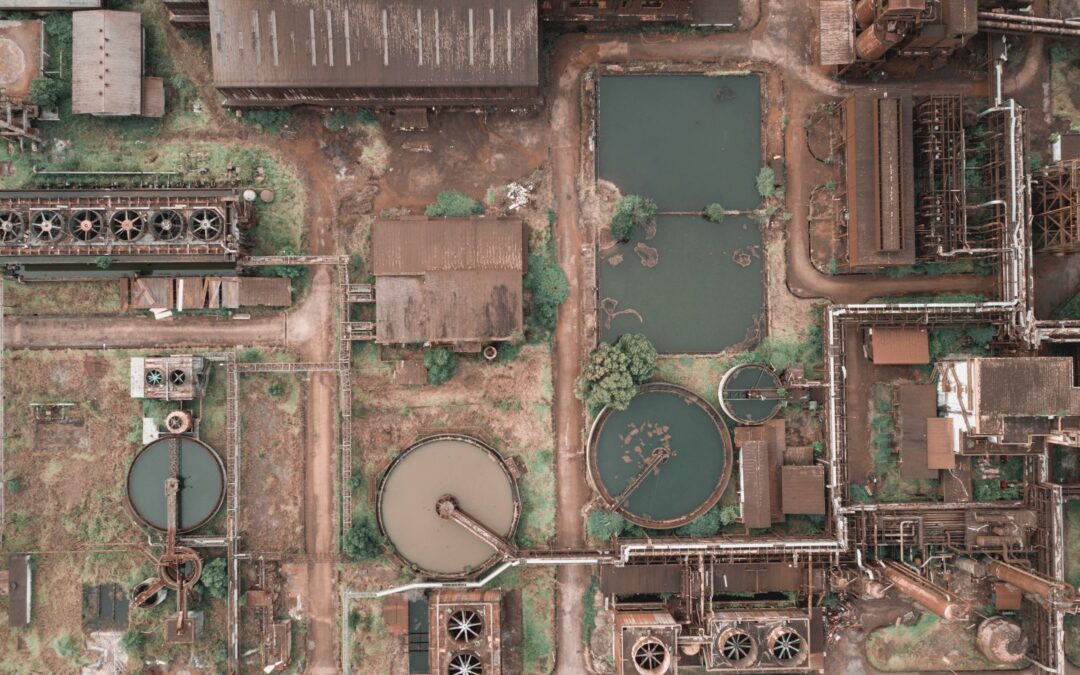Sewage backups can be hazardous to you and all those around, be it in a residential property or a commercial building. Without timely action to handle water damage, the overflow can create a much larger problem in your home or business. You can expect water damage to expand quite quickly and mold to appear in as little as 24-48 hours under the right conditions.
Water damage from a backed-up toilet has the potential to be classified as a biohazard, especially if the damage is category 3, i.e., grossly contaminated water. When that happens, you should evacuate immediately in severe cases, and instead of handling the overflowing water yourself, call an expert. Even in the case of a backup that doesn’t appear too significant, as you can imagine, coming in contact with water of this nature and the affected contents is not something you should do without the proper PPE. Breathing the resulting air-borne contaminants is also not advisable.
Here are some sewage backup damage mitigation techniques that restoration companies use to help lessen the damage possible from this type of loss.
Handling Water Damage From Backed Up Toilet
Ventilating
We start by ventilating the area and using HEPA filtration air scrubbers to improve the indoor environment.
Extraction, Demolition & Removal
The next step is typically related to extracting the contaminated water and in some cases, solids. Porous materials such as drywall, carpet, upholstered furniture, etc. are inventoried and removed from the property. We’re in close contact with the insurance carrier’s adjuster during this stage so they are well aware of the scope of the work needed to return the property to a safe condition for the homeowners.

Detailed Cleaning and Decontamination
Due to the origin of the water (the sewer system), highly detailed cleaning and disinfecting of all affected areas is performed and we follow the industry guidelines for all of the work we perform. The disinfectants we use are specifically formulated for this exact application.
Structural Drying
High-powered commercial dehumidifiers and air movers are used to return the property to its normal moisture contents. Throughout the drying process, which can take from three to five days on average, we monitor the equipment and drying process each day. We use a variety of specialized moisture meters to take readings on all of the affected building materials so we can be certain we have done a thorough job.
As with all types of water damage, time is of the essence. You cannot simply wait for contaminated water to dry on its own because of the health risks it poses. Make sure you call Major Restoration services immediately if your toilet is backed up and worse if it is overflowing. If the issue is simple, we will guide you over the phone at no charge. If not, we will come right over and gladly help you out!
Safety Precautions During Cleanup
Safety should be your top priority during the cleanup process. Avoid contact with contaminated water, as it may contain harmful bacteria and pathogens. Additionally, be cautious of electrical hazards, especially if water has come into contact with electrical outlets or appliances. If in doubt, it’s best to enlist the help of a professional.
Mold Prevention and Remediation

One of the biggest challenges after water damage is mold growth. Mold can start to develop within 24-48 hours of water exposure, so it’s crucial to act quickly to prevent its spread. Use mold inhibitors and antimicrobial cleaners to disinfect affected surfaces, and consider installing mold-resistant materials in high-risk areas.
Restoration and Repair
Once the affected areas have been thoroughly dried and cleaned, it’s time to focus on restoration and repair. Depending on the extent of the damage, this may involve repairing structural damage, replacing flooring or drywall, and restoring damaged belongings. Be sure to work with reputable contractors who specialize in water damage restoration.
Insurance and Documentation
Before beginning the cleanup process, document the extent of the damage for insurance purposes. Take photos and videos of the affected areas, and keep a detailed inventory of damaged belongings. Contact your insurance provider to understand your coverage and file a claim promptly to expedite the restoration process.
Long-Term Prevention Tips
Once your property has been restored, take proactive measures to prevent future water damage. Schedule regular maintenance for plumbing systems and appliances, and be on the lookout for signs of leaks or water intrusion. Consider installing water detection devices and reinforcing vulnerable areas to minimize the risk of future damage.
Environmental Considerations

In addition to addressing the immediate effects of water damage, it’s essential to consider the environmental impact. Implement sustainable restoration practices whenever possible, such as using eco-friendly cleaning products and materials. By minimizing environmental harm, you can contribute to a healthier and more sustainable future.
Common Mistakes to Avoid
Finally, be aware of common mistakes to avoid when handling water damage. These may include overlooking hidden moisture, neglecting safety precautions, or attempting DIY repairs beyond your expertise. By learning from others’ mistakes, you can navigate the water damage restoration process more effectively and minimize potential setbacks.
Conclusion
In conclusion, understanding how to effectively manage water damage is paramount for safeguarding your property and facilitating a speedy and effective recovery process. By adhering to the comprehensive steps outlined in this guide and proactively seeking professional assistance as necessary, you can significantly mitigate the adverse effects of water damage and expedite the restoration of your property.


